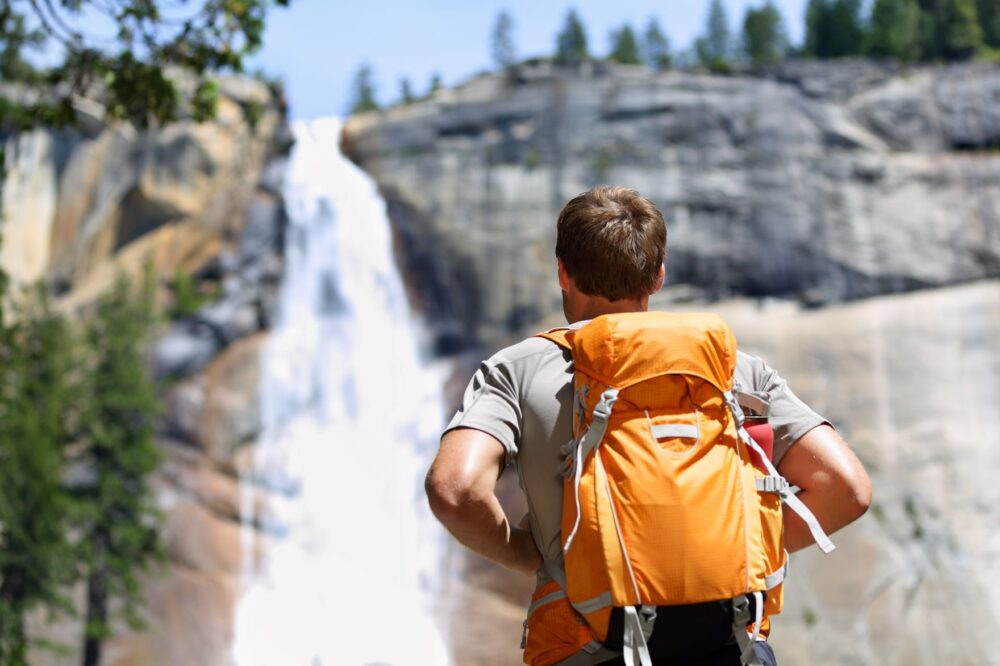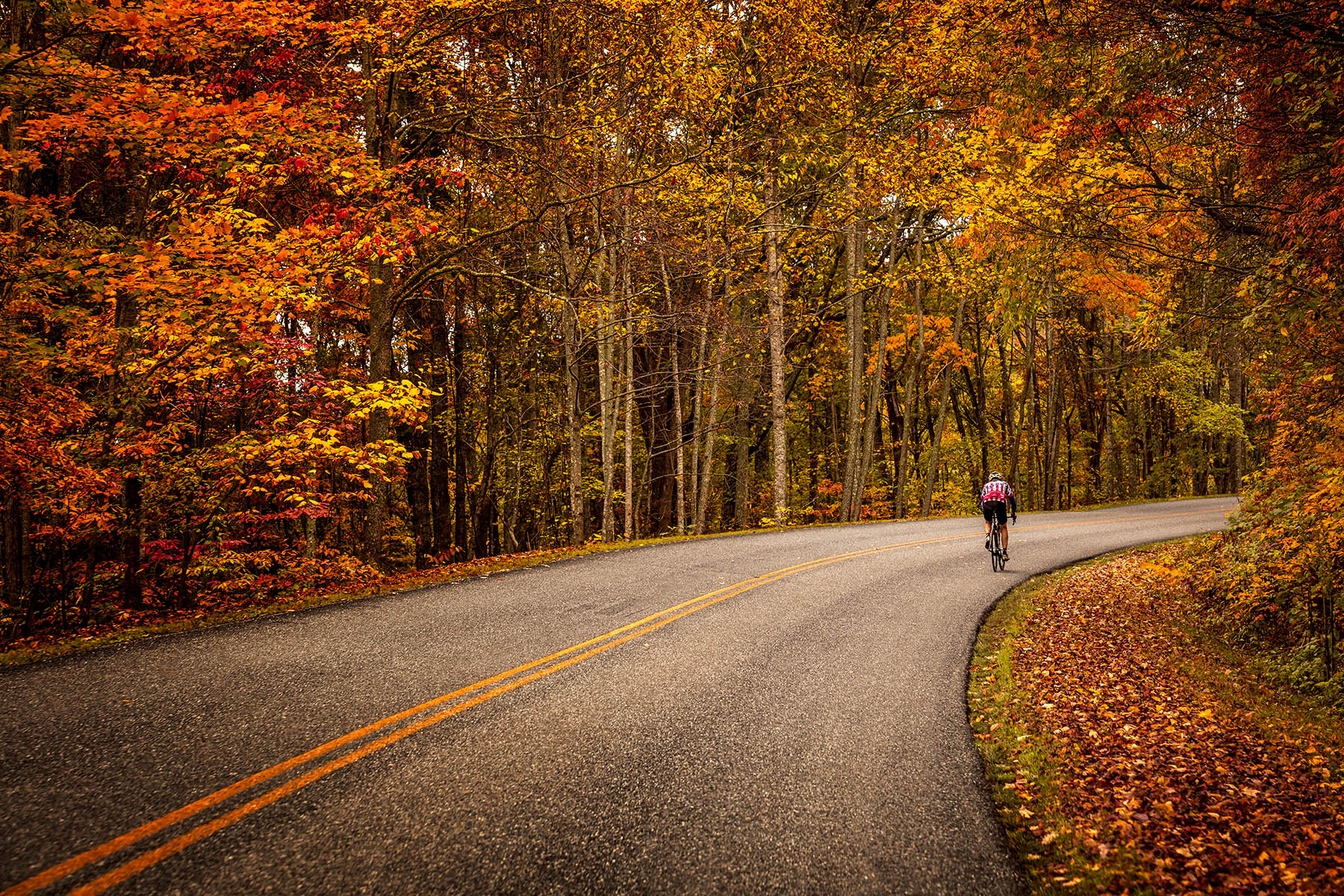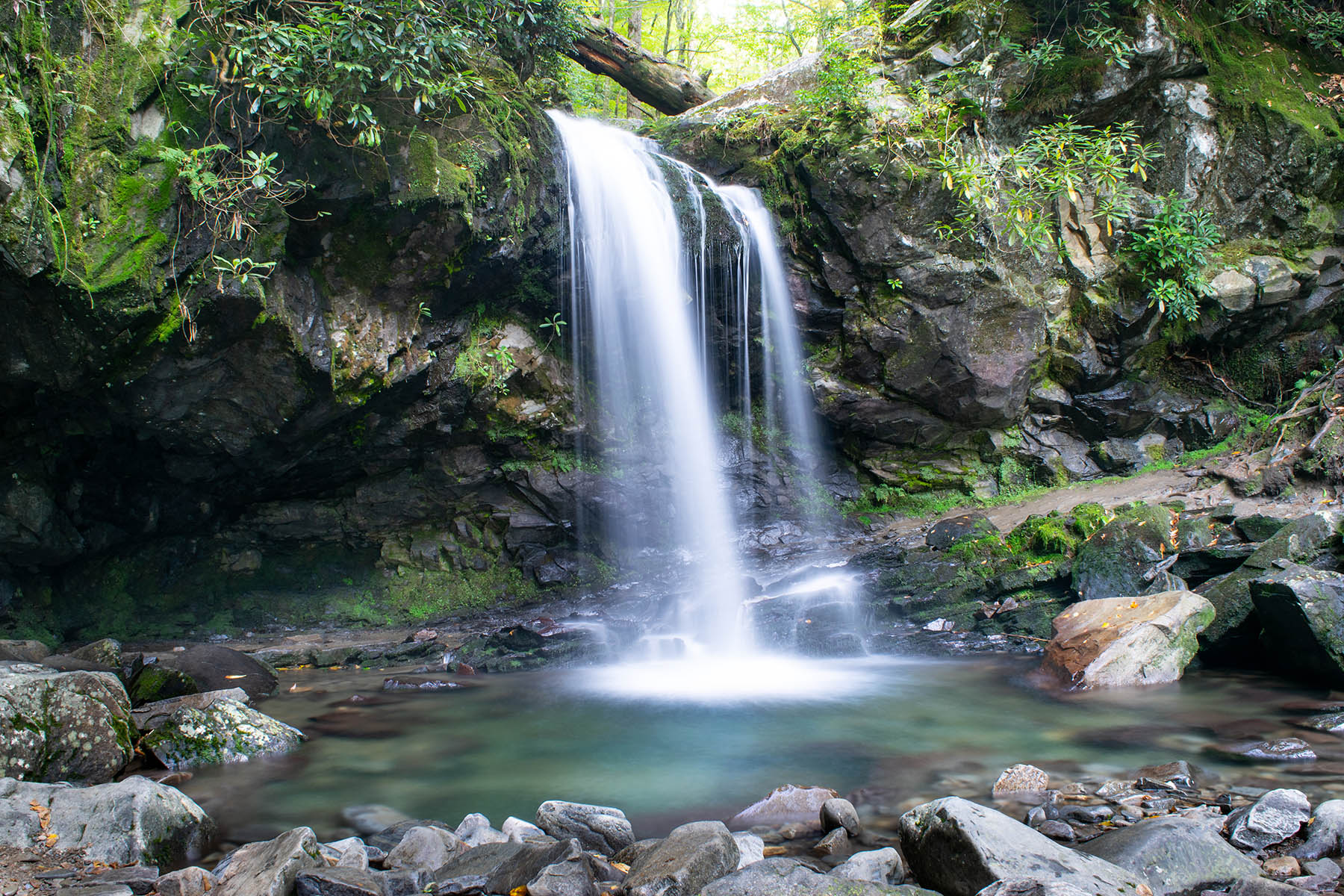Hiking the Smokies
The Smoky Mountains National Park is a hiker's paradise, boasting an extensive network of trails that wind through lush forests, cascade down majestic waterfalls, and lead to awe-inspiring vistas.
Hiking in the Smoky Mountains
Immerse yourself in the breathtaking beauty and untamed wilderness of the Smoky Mountains National Park through the exhilarating activity of hiking. With its ancient forests, cascading waterfalls, and panoramic vistas, this national park beckons outdoor enthusiasts from around the world to explore its vast network of trails.
Whether you’re a novice hiker or an experienced mountaineer, prepare to embark on epic journeys that will ignite your senses and leave you in awe of nature’s splendor. From the gentle meanders through verdant valleys to the challenging ascents to breathtaking peaks, the Smoky Mountains National Park offers a hiking experience like no other. So, lace up your boots, embrace the spirit of exploration, and get ready to traverse the untamed trails of one of America’s most cherished natural treasures.

Choosing the Right Trail
With over 850 miles of trails, it’s important to select a hike that suits your fitness level and interests. Consider factors such as trail difficulty, length, and elevation gain. Popular options for all levels include the Laurel Falls Trail, Charlies Bunion, and the Chimney Tops Trail.

Safety and Preparedness
Before hitting the trails, ensure you’re adequately prepared. Check the weather forecast and dress in layers, wear sturdy hiking shoes, and bring essential items like a map, compass, first aid kit, extra water, and snacks. Let someone know your hiking plans and be mindful of wildlife safety.
Tips for a Rewarding Hiking Experience
Embarking on a hiking adventure in the Smoky Mountains National Park is an opportunity to immerse yourself in nature and create lasting memories. To ensure a rewarding experience, it’s essential to come prepared. In this section, we will provide you with valuable tips to enhance your journey.
From starting early to beat the crowds and staying hydrated along the trail to practicing Leave No Trace principles and being weather aware, these tips will help you make the most of your hiking experience. Whether you’re a seasoned hiker or new to the trails, these guidelines will contribute to your safety, enjoyment, and overall satisfaction as you explore the magnificent landscapes of the Smoky Mountains.
- Start Early: Beat the crowds and make the most of your day by starting your hike early in the morning. You’ll have better chances of spotting wildlife and enjoy cooler temperatures.
- Take Breaks and Hydrate: Pace yourself and take breaks along the way to rest and refuel. Stay hydrated by drinking plenty of water, especially in the warmer months.
- Leave No Trace: Respect the park and its ecosystem by following Leave No Trace principles. Pack out all trash, stay on designated trails, and avoid damaging plants or disturbing wildlife.
- Be Weather Aware: Conditions in the mountains can change rapidly. Keep an eye on weather updates and be prepared for sudden changes. Avoid hiking during thunderstorms or when trails are icy.
Top Hiking Trails to Explore
The Smoky Mountains National Park is a hiker’s paradise, offering an extensive selection of trails that cater to all skill levels and interests. In this section, we will highlight some of the top hiking trails that showcase the park’s natural wonders.
From the iconic Alum Cave Trail, with its stunning rock formations and panoramic views, to the picturesque Abrams Falls Trail, leading to a majestic waterfall, these trails will take you on unforgettable journeys through lush forests, along rushing streams, and to breathtaking vistas. Whether you’re seeking a challenging ascent or a leisurely stroll, these top hiking trails will immerse you in the enchanting beauty of the Smoky Mountains, leaving you with memories to treasure for a lifetime.
- Alum Cave Trail: Venture through a stunning arch rock formation and ascend to Mount LeConte, the park’s third-highest peak. Experience breathtaking views, lush forests, and the iconic Alum Cave Bluffs.
- Abrams Falls Trail: Enjoy a moderate hike leading to the powerful Abrams Falls. Witness the rushing waters of this 20-foot waterfall as it cascades into a picturesque pool.
- Ramsey Cascades Trail: Embark on a challenging but rewarding hike to Ramsey Cascades, the tallest waterfall in the park. Traverse through old-growth forests and witness the captivating beauty of this natural wonder.
- Rainbow Falls Trail: Marvel at the impressive 80-foot Rainbow Falls, known for its mist that creates vibrant rainbows on sunny days. The trail offers a moderate climb through beautiful rhododendron forests.
- Andrews Bald Trail: Explore the picturesque Andrews Bald, a high-elevation meadow offering panoramic views of the surrounding mountains. This moderate trail rewards hikers with breathtaking vistas and stunning wildflowers in the spring.
Leave Inspired and Refreshed
Hiking in the Smoky Mountains offers a chance to disconnect from the hustle and bustle of everyday life and reconnect with nature’s splendor. Whether you’re seeking a leisurely walk or a challenging summit, the park’s trails offer a range of experiences for hikers of all levels. So, lace up your boots, breathe in the fresh mountain air, and embark on an adventure that will leave you inspired and refreshed by the beauty of the Smoky Mountains.
Hiking FAQs
Yes, the park offers several hiking trails suitable for beginners. Some options include the Laurel Falls Trail, which is paved and relatively easy, and the Gatlinburg Trail, which provides a pleasant walk along the Little Pigeon River.
Yes, you can bring your dog hiking in the park. However, dogs must be kept on a leash at all times and are only allowed on two designated trails: the Gatlinburg Trail and the Oconaluftee River Trail.
Yes, there are designated backcountry campsites available for overnight camping in the park. However, a permit is required, and camping is only allowed in designated areas. It’s important to plan and obtain the necessary permits in advance.
If you encounter wildlife, maintain a safe distance and do not approach or feed the animals. Keep in mind that these are wild animals and their behavior can be unpredictable. It’s best to observe them from a distance and respect their natural habitat.
Yes, the park offers a variety of guided hikes and ranger-led programs. These can provide valuable insights into the park’s flora, fauna, and history. Check the park’s website or visit the visitor center for information on available programs and schedules.









